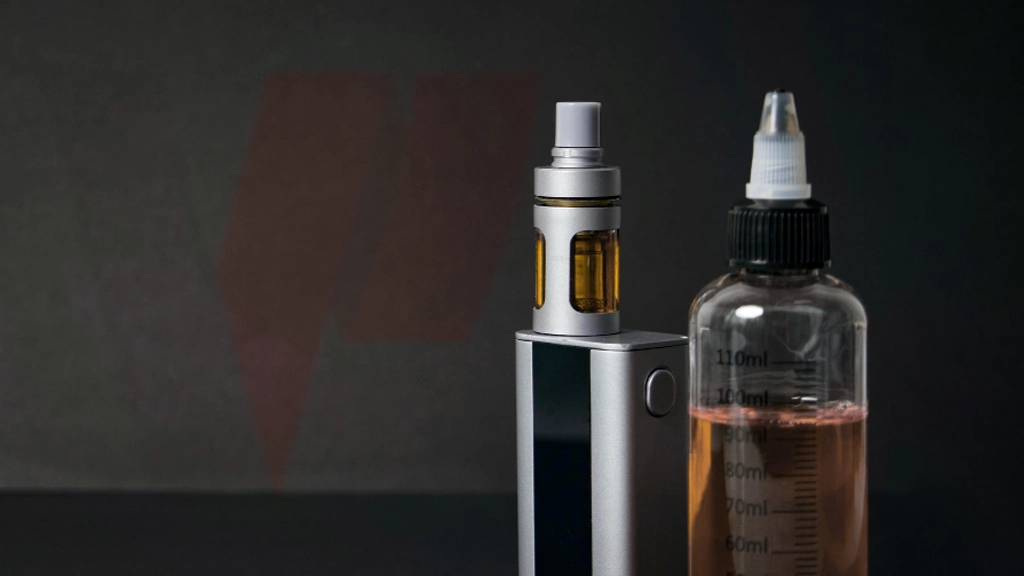Vaping is increasingly under siege by regulatory bodies on both sides of the Atlantic. Originally developed to offer smokers a less harmful alternative to combustible tobacco, vaping has helped millions worldwide reduce or quit smoking altogether. Yet, despite mounting evidence of its efficacy, shifting regulatory landscapes are threatening to reverse this public health progress.
Filter recently discussed the tragic truth about regulatory missteps in both the United States and the United Kingdom, which are driving nicotine vaping products into underground markets. This jeopardizes consumer safety and undermines harm reduction efforts, with recent research highlighting how misguided policies are fueling unintended consequences in both jurisdictions.
The UK’s unfortunate shift in policy
Historically, the UK has regulated vaping with a light touch, prioritizing safety while keeping taxes low to encourage smokers to switch. Infact a government-backed initiative offering free vapes has helped thousands of smokers quit. The Swap 2 Stop program, launched across the UK in 2023, encourages smokers to switch to vaping as a safer alternative.
New data from Public Health Dorset revealed that 14,801 free vape kits have been distributed to adults in the Dorset region, resulting in 3,562 smokers successfully quitting cigarettes after just four weeks. And while national data on the program’s success is still pending, research has consistently named vaping as the most effective method for quitting smoking in the UK over the past five years. More importantly, many people who used Swap 2 Stop reported significant health improvements after switching to vaping.
Vaping’s effectivity for smoking cessation
Moreover, a study by Action on Smoking and Health (ASH) found that 5.6 million adults in the UK use vapes. Among them:
- 53% have successfully quit smoking.
- 39% continue to smoke alongside vaping.
- 8% have never smoked.
Even before the ban takes effect in June, retailers are preemptively removing disposables from shelves, creating a gap that illicit vendors are swiftly filling.
Of those who quit smoking, 2.7 million used vaping to help them stop, and one-third of these former smokers eventually stopped vaping as well. On average, calculated the study, people use vapes for about one year while quitting smoking.
Yet, despite these positive data, the future of vaping in the UK faces uncertainty as the Tobacco and Vapes Bill moves through Parliament. The recent shift in approach—including a forthcoming ban on disposable vapes—is already pushing the market in a dangerous direction.
In fact, in just three years, the illicit vape market in the UK has surged from negligible levels to 31% of total sales. Even before the ban takes effect in June, retailers are preemptively removing disposables from shelves, creating a gap that illicit vendors are swiftly filling. Moreover, as smoking cessation experts have consistently highlighted, many consumers also prefer larger tank sizes for refillable vapes, which are prohibited under UK law, similarly pushing these products to the black market.
The UK government has also recently revealed plans to launch consultations on vape packaging regulations immediately after the Tobacco and Vapes Bill gains Royal Assent. The government claims that it’s goal is to limit youth appeal while ensuring adults can still access harm reduction tools, however experts in the field have argued that the bill provisions will ubdoubtedly negatively affect adult smokers.
US regulations lead to an increase in illicit sales
Meanwhile, across the Atlantic, the US has taken a different—but equally problematic—approach. The Food and Drug Administration (FDA) has approved only a handful of vaping products, mostly limited to tobacco flavours. By denying authorization to thousands of popular alternatives, regulators have created a legal vacuum.
This has led to a massive underground market. A recent study by market research firm WSPM found that 97% of discarded vape packaging analyzed across multiple states came from unauthorized products.
The FDA responded by increasing enforcement against legal retailers, and with limited legal options remaining, some stores now stock only three brands—all tobacco-flavoured and produced by major tobacco companies. As a consequence legal sales are declining, and illicit vendors are stepping in.
The dangers of this shift are clear. Consumers lose access to regulated, quality-controlled products, increasing health risks. Age restrictions become impossible to enforce. And when legal vapes become scarce, many former smokers may revert to combusti+ble cigarettes—the far deadlier alternative.
A tragic global phenomenon
Sadly these are not isolated cases, many countries seem to be shifting towards prohibition. Nations like India, Thailand, and Brazil have imposed outright bans on the sale, import, or advertising of e-cigarettes. Singapore and Argentina also maintain strict prohibitions, while Australia requires a doctor’s prescription to legally obtain nicotine vapes. These heavy-handed approaches have not only sparked criticism from harm reduction advocates, but also confirmed their fears.
In the US, the FDA must address this crisis by expediting the approval of high-quality vaping products that meet consumer demand. Incoming FDA Commissioner Dr. Marty Makary should prioritize clearing the backlog of pending applications to restore a functioning legal market.
The UK, meanwhile, should reconsider its ban on disposable vapes. Evidence suggests that smoking rates in parts of England are rising for the first time in two decades—a trend likely linked to the vaping crackdown. Encouraging legal access to effective harm-reduction products should remain the priority.
Ultimately, the solution is clear: Ensure the legal availability of the vaping products consumers want, while using smart tax policies to encourage switching from smoking to vaping. Anything less risks serious harm to public health.
Asia Moves Further Towards Nicotine Prohibition (Hence Away From Decreasing Smoking Rates)
This article was originally published by a www.vapingpost.com . Read the Original article here. .

